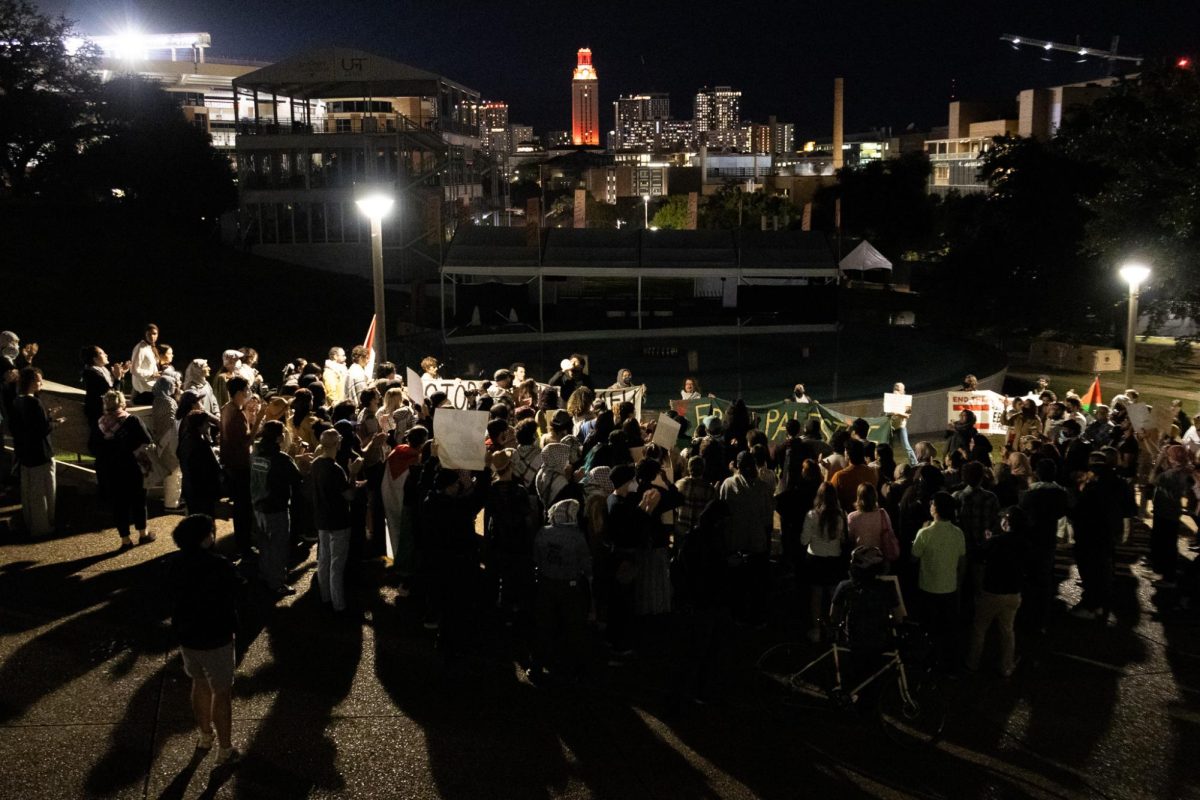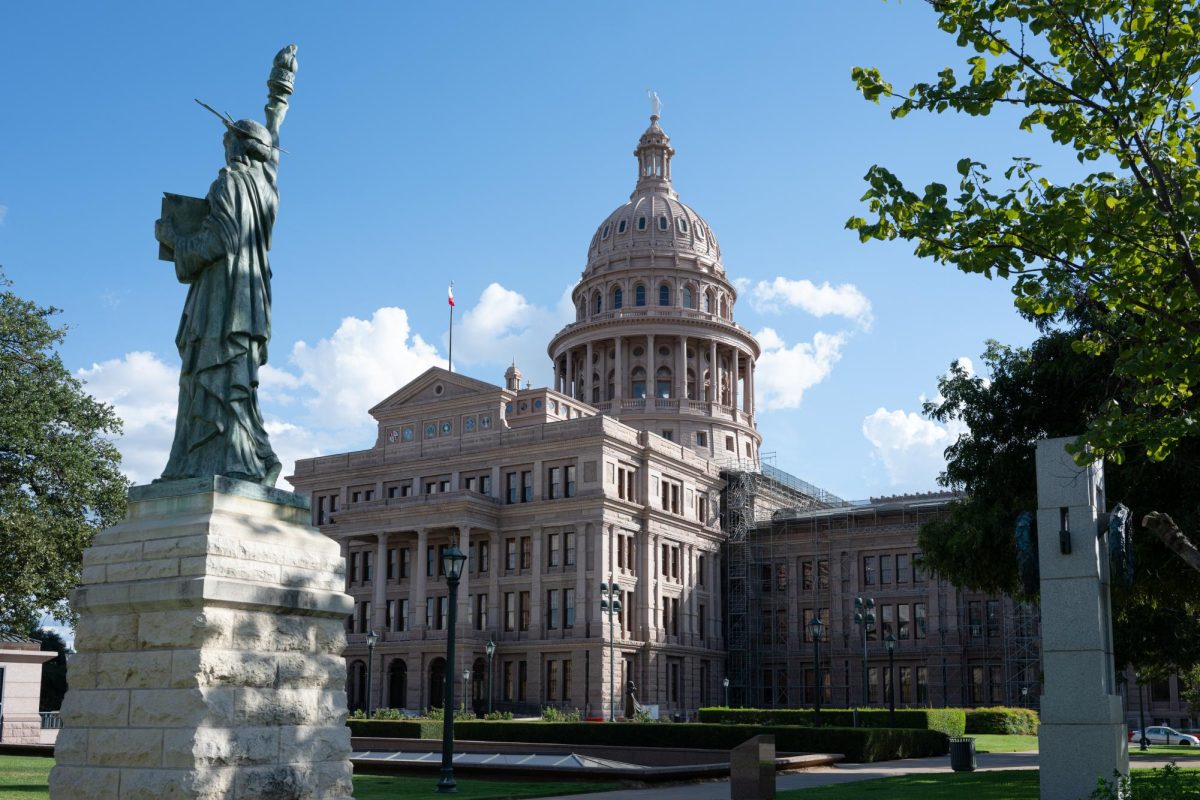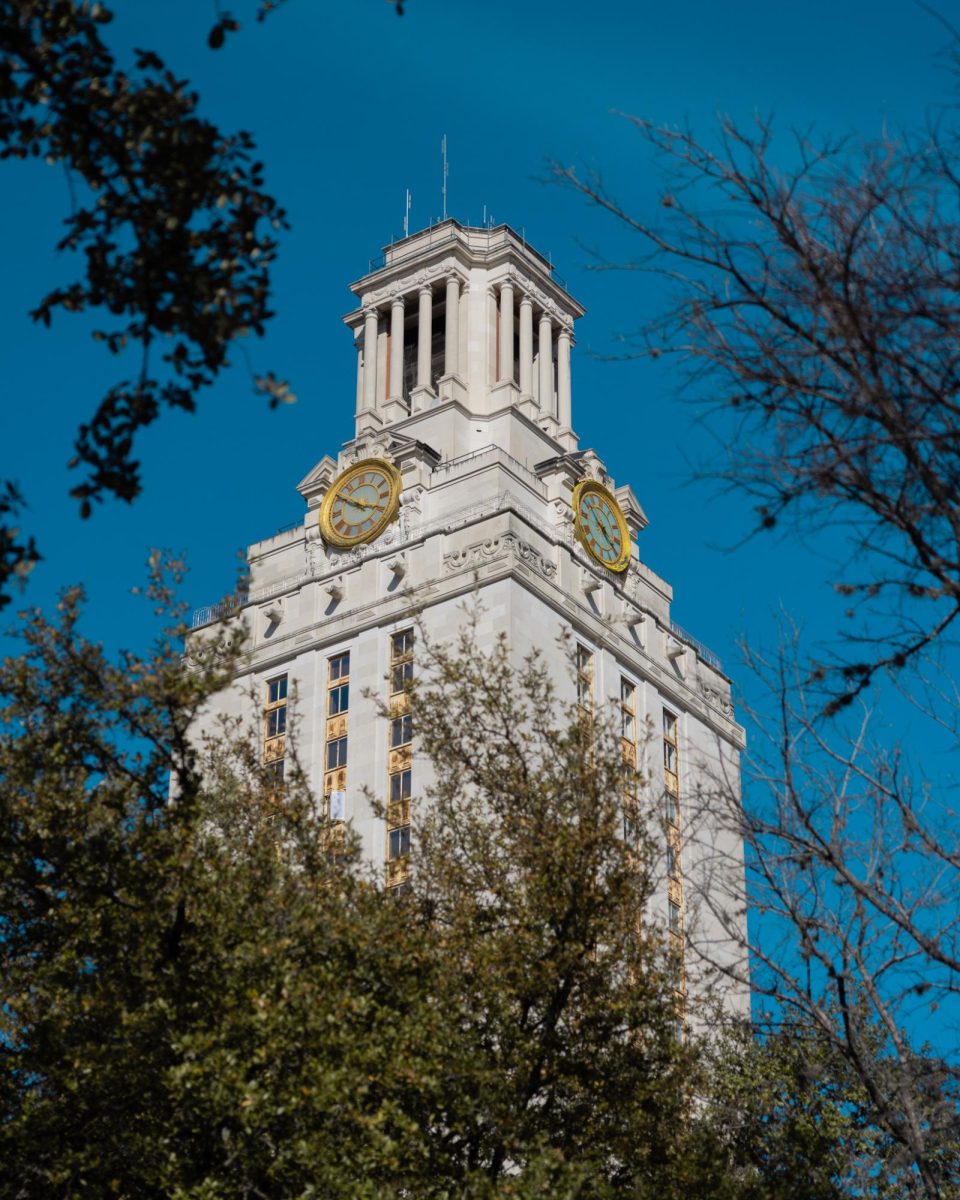A train connecting San Antonio and Austin could be a possibility in an effort by the Lone Star Regional District to offer cheaper and faster transit options to Texas commuters.
The rail system will run on existing Union Pacific freight train tracks, and the freight trains that currently use those tracks will use a bypass line that will be built as part of the project.
Joe Black, Lone Star Regional District rail director, said the train will help decrease traffic congestion and increase educational access and work opportunities.
“The LSTAR service links just about all the institutions of higher learning between Williamson County and Bexar County,” Black said.
The train will allow students another option when they visit out-of-town universities.
“I would definitely use [the train system], both to go home and to visit Texas State, if it would be affordable,” said Marisa Salgueiro, a human development and family sciences freshman. “I don’t have a car on campus, so it’s really hard for me to get back and forth.”
Black said he hopes students will appreciate the value of the train system.
“There’s a potential travel market of approaching 300,000 students, faculty and staff,” Black said. “If we can attract 10 percent of those folks out of their cars and get them on the train instead, that’s 30,000 trips in the morning and 30,000 trips in the afternoon that won’t be on the region’s roadways.”
Black also emphasized his desire to make trains an attractive shipping alternative.
“As we make freight rail a more attractive option for shippers, there’s the potential of being able to attract some truck traffic onto trains instead,” Black said.
The regional rail will stop every three to 15 miles and travel between 60 and 75 miles per hour, while the commuter rail will stop every one to five miles and travel between 30 and 50 miles per hour.
The train will have 16 stops and take an hour and 15 minutes between the two downtown districts, Black said.
Black projected that the system would be in full operation by 2021, and trains could be running as early as 2018 when a portion of the system, including four or five stations, is completed.
The fare level is not yet set, but the average fare for commuter and regional rails around the country is 18 cents per mile. Discounted fares will be available for students, seniors, families and groups, as well as for monthly and weekly pass holders,
Black said.
Accounting junior Jon Swanson said he was skeptical about how convenient the train would actually be.
“I don’t know if I would use it,” Swanson said. “You’d have to [ride at] certain times. I couldn’t just go to San Antonio when I wanted or leave whenever.”











